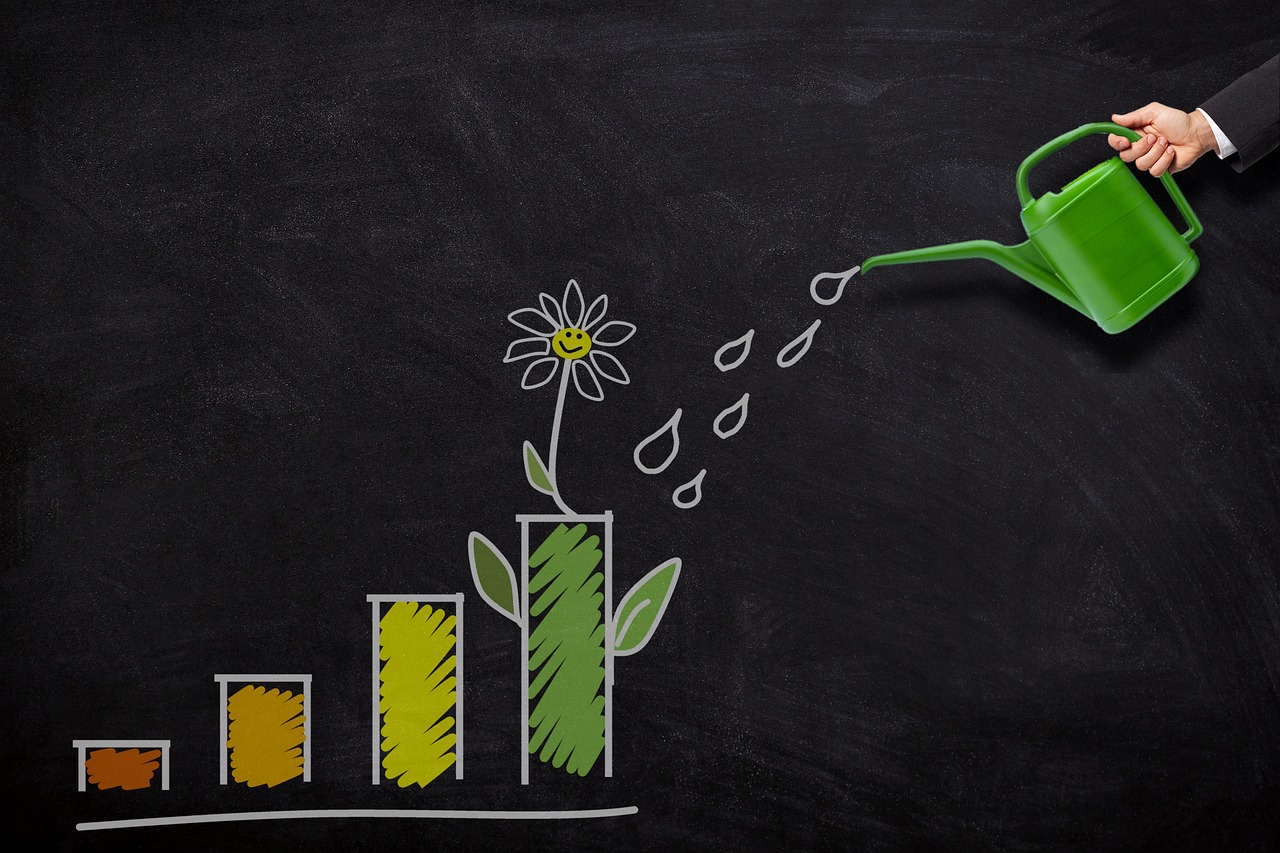Executive Summary: Cost and price are two different measures of money in a construction bid. Knowing the difference is fundamental and can improve profit.
What is cost? Cost is the expense associated with an activity or item. It is just cost. It has nothing to do with price.
In construction terms, the cost of a bid item includes:
- The cost of the good itself (say, for example, the handrail for that clarifier walkway)
- The labor to install (includes base rate, taxes, and fringe)
- The material cost (permanent and/or consumable cost needed to complete installation)
- The equipment cost (ownership, equipment operating expense, and taxes) to install the item
- The subcontractor cost (amount you’ll pay to the subcontractor including his/her profit)
- Other expenses such as overhead and insurance
What is price? The price is the amount of money you are willing to be paid for rendering a service. It is revenue. Revenue is the amount of money collected, regardless of cost.
For example, say the cost for your company to produce a widget is $5.00/widget. It follows that $6.00/widget would be a good price. Here the contractor is making $1.00 of profit per widget.
Simple concept, right?
Why is this important – cost versus price? It’s important because estimators when preparing a bid, and superintendents when running work, need to have a full understanding of this concept.
For estimators. For estimators, it is key to understand how to price items based on their cost. There are two main reasons to offset the price of an item: (1) cash flow and (2) expected quantity variance.
For early items in a schedule of values (items to be built early in the project schedule), it is common to overbalance the unit prices. Overbalancing the unit price(s) of a bid item means placing an amount of profit on a bid item above the unit’s proportional amount. If a job is bid at 7% profit, a balanced bid item will be priced to a client at 7% over the cost of the item. In the case of a bid item which will be built early in the job, the estimator would put over 7% profit on the bid item in order to maximize cash collection early in the job.
Here, as described above, the cost and price are not associated.
In the 2nd scenario for offsetting the price of a bid item, we vary the price of an item based on an expected quantity discrepancy. If we anticipate that the quantity of a bid item will not meet the value provided in the schedule of values, it is typical to bid with less than the 7% profit discussed above. Perhaps the estimator may set the price to be at cost, or even less!

For superintendents. The schedule of values is not the budget. The schedule of values provides a guide to revenue collection. It is not the cost and should not be used by the field staff to gauge the budget or cost of a line item.
In the case above of our $5.00/widget cost, priced at $6.00/widget, the superintendent needs to look at both dollar values (cost and price) to run the field. In looking at cost and price, here’s what a superintendent should be thinking
- $5.00/each cost, priced at $6.00/each – this is normal, the price is slightly over the cost. Proceed with construction normally.
- $5.00/each cost, priced at $4.00/each – don’t install this item! The cost is more than the price. Each time this item is installed, we’re paying to do it!
- $5.00/each cost, priced at $10.00/each – install as many as possible. For each widget we install, we make 100% profit!
My story. Each time we’ve won a bid and the superintendent or project manager gets ahold of the schedule of values, more often than not he looked at the prices on the bid form and said “we’re going to make a ton of money on this item” or “this is priced too low”. These statements are ignorant without having looked at the actual estimate. Scopes of work for the bid item may, or may not, include items in the superintendent’s mind.
I’ve found that the best report to run for a field manager is a display of the total cost of the item with the profit portion right next to it. So, in the case of the $6.00/each widget above, I show a report which displays a $5.00 cost and a $1.00 profit equal to a $6.00 price. When this report shows all of the bid items with these numbers (and a column of profit percentage), it really highlights which items should be aggressively pursued by the field staff to install and which items should not.
Listen to this week’s podcast discussion about Cost versus Price [QR]







0 Comments